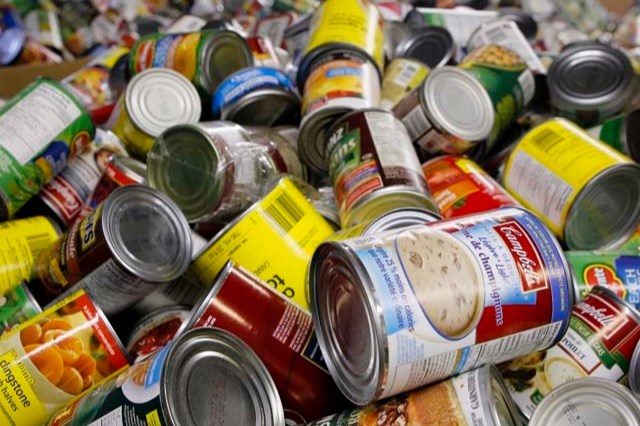The food bank saw a substantial increase in requests for help last month as the cost of putting food on the table continued to affect local families.
“(Families) are working hard but feel themselves slipping and not being able to keep their heads above water – it seems 100 per cent of their concentration is on getting food on the table and keeping the lights on, and some are just exhausted,” said Suzan Krescy, executive director of the St. Albert Food Bank.
Krescy said there was a 43 per cent increase in people requesting food assistance from the food bank last month, compared to the same time last year, and high food costs are not the only reason people need help.
“They are also citing increases in gas and electric prices as a factor that is making meeting their financial obligations very challenging,” Krescy said.
The St. Albert Food Bank receives a discount from grocery stores, but Krescy said increased costs are taking a toll on the organization.
“Our bills are bigger than before … We are also cognizant that the price of groceries may also impact our donors' ability to give the way they were able to in the past. We are very fortunate to have a solid donor base that is so generous, and they keep bringing food in, which we greatly appreciate,” she said.
Food inflation hit a 41-year high September according to Statistics Canada, and the federal government is looking into whether so-called “greedflation” is a factor driving the rising prices. Greedflation is when grocery stores raise prices higher than they need to in response to inflation to help turn a higher profit.
Data from Statistics Canada on Oct. 19, showed an 11.4 per cent increase in the price of food purchased from grocery stores — the fastest year-over-year pace since August 1981. It said unfavourable weather, higher prices for important inputs such as fertilizer and natural gas, and geopolitical instability stemming from Russia's invasion of Ukraine all contributed to price increases.
Some of the products hardest hit by inflation include cereal products, which had the highest 12-month rise at 17.9 per cent, while fresh fruit saw a 12.7 per cent increase, fresh vegetables increased by 11.8 per cent, and meat went up by 7.6 per cent.
Federal NDP Leader Jagmeet Singh called the inflation numbers deeply troubling during question period on Oct. 19, two days after a motion brought forth by his party received unanimous support in the House of Commons.
The motion called into question the “massive profits” big grocery stores have made in the past year and called on the Canadian government to “recognize corporate greed is a driver of inflation,” and to take action to support families during the “cost-of-living crisis.”
“We know that the Liberals and the Conservatives don't have the courage to take on 'greedflation,' but we do,” he said.
In a press release, Singh said the price of food is rising more than twice as quickly as Canadian wages, which according to data from Statistics Canada released Oct. 7, rose 5.2 per cent since Sept. 2021— an increase in the average hourly wage of $1.57 to $31.67 per hour.
The annual inflation rate slowed to 6.9 per cent in September after hitting an 8.1 per cent high in June.
“This is an impossible situation,” said Singh. “Canadian workers are doing everything right, but they just can’t get ahead. The government has got to stand up for people instead of letting the CEOs of huge grocery stores make millions of dollars in profits and bonuses while Canadians suffer.”
In an effort to help consumers deal with high prices, Loblaws said they would be “hitting the brakes on food inflation” last week.
"Maddeningly, much of this is out of our control,” said Loblaw president and chairman Galen Weston in an email to customers. The company announced a price freeze on around 1,500 No Name items until Jan. 2023.
Singh called the move proof that grocery stores can reduce food costs.
Most recently, on Oct. 24, the consumer watchdog Competition Bureau launched a study of grocery store competition in Canada to see if higher grocery prices are a result of limited competition and if there is anything the government can do to help.
A press release from the Bureau called the Canadian grocery sector concentrated, saying many Canadians buy their groceries from one of three companies: Loblaws, Sobeys, and Metro.
The study is not an investigation into specific allegations of wrongdoing, said the Bureau, but says it will take action if it finds evidence of illegal activity.
The Bureau will engage with a range of stakeholders including retailers, experts, government, and Canadian consumers.
Consumers can access the survey through the Competition Bureau website by Dec. 16, 2022.
The final report is expected to be finished in June 2023.




